Innovation and technology have the potential to transform the electricity sector. Digitalization has had a major impact in the power system operation. Termed as 'smart grid', it brought in efficiency and optimization at the generation, transmission, and distribution levels. In this article, Pankaj Batra discusses how digitalization can help distribution system operators and suggests that the technology needs to be placed at the hands of the distribution system operator so that the problems can be rectified and streamlined.
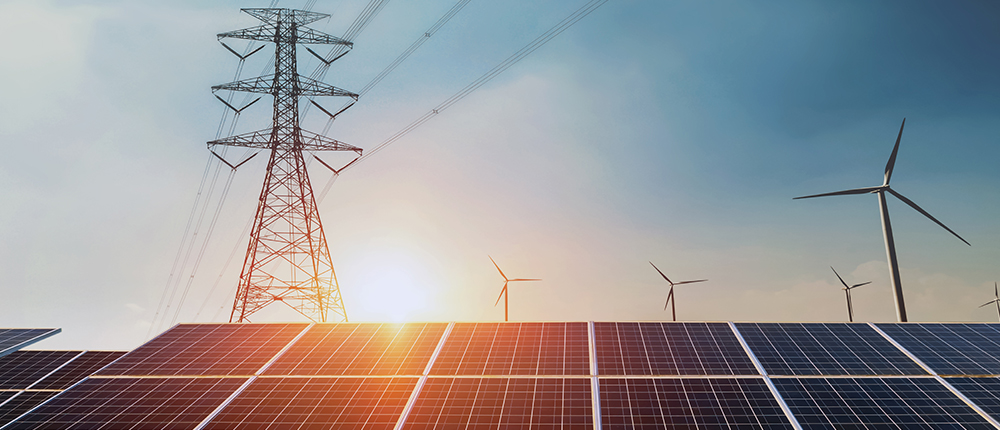
Introduction
In the 1970s, Indians generally distinguished engineering qualification in electricity on the basis of two streams – electrical engineering that dealt with bulk power or the power system with electric power of the order of hundreds and thousands of amperes and kilovolts, and electronics engineering with electric power less than 1 ampere, i.e. in milliamperes and sub-hundred volts. Later over the years these two distinct subjects were merged and relatively newer subjects including power electronics were introduced.
Till the 1990s, electronics did not find much application in production, transmission, and utilization of bulk power. It, however, did find some usage in getting information in the bulk power area, using remote terminal units, as well as automating processes of start-up of generating units. This information was then fed into SCADA (Supervisory Control and Data Acquisition System), Sequence-of-Events Recorder, Trend Recorder, etc. Solid state relays were then followed, at first by duplicating electro-mechanical relays, and later by replacing them. Electro-mechanical governors in generating stations were then replaced by electronically controlled governors.
Digitalization has had a major impact in the power system operation. Termed as 'smart grid', it brought in efficiency and optimization at the generation, transmission, and distribution levels. Sensing the increasing importance of smart grid, the Indian government in 2010 started an inter-ministerial forum called India Smart Grid Task Force (ISGTF) and India Smart Grid Forum (ISGF), a public−private partnership. Headed by Sam Petroda, ISGTF's main aim was to serve as the government's focal point for activities related to 'Smart Grid' including a road map for implementation of Smart Grids in India. ISGF, on the other hand, provided a mechanism through which academia, industry, utilities, and other stakeholders participated in the development of Indian smart grid systems, and relevant inputs to the government's decision-making process. ISGF was headed by Mr Reji Pillai, who was also Chairman, Global Smart Energy Federation and an ex-IBM Vice President. Later, ISGTF was replaced by the National Smart Grid Mission (NSGM), an operational body under the Government of India.
From then on, India has come a long way. In the generation segment, the country has transitioned from sub-critical technology to super-critical technology in coal-based plants. India has also massively ramped up its renewable energy, notably solar and wind generation.

Technology in the Electricity Sector Over the Years
In the transmission segment, in 2010 the Government of India started the Central Electricity Regulatory Commission, the central regulator of India. The government approved a pilot project proposed by Powergrid Corporation of the country, which is the central transmission utility in the country. The project dealt with Phasor Measurement Units (PMUs), as an aid to the System Operator (POSOCO in India) to pre-empt grid instability. These acted as the barometer of the power system, in terms of stability limit, for the system operator. It gave a lot of other information to the system operator, as it could detect cycle-level aberrations. This was followed by the Central Electricity Regulatory Commission approving the PMUs to be employed on a wider scale for the entire inter-state transmission grid in the country. The exercise was completed in 2017. In addition, many of the latest technologies are being deployed, including glass and synthetic insulators for polluted areas, hot line washing of insulators. The home-grown R&D efforts of generation and transmission companies have helped in increasing efficiency, based on the local conditions.
It has emerged that the most important use of information technology or smart grid would be in the distribution segment of the power sector, which required maximum optimization.
With increasing use of intermittent renewable energy, which could cause problems related to grid stability, it became necessary to have an automated demand response. Smart meters as well as smart electric vehicle chargers helped in achieving this. On the basis of the availability of power in the grid, the smart electric vehicle chargers could vary the rate of charging. The smart meters, on the other hand, had an additional advantage; it made available a lot of information, both consumer-related and transformer-related, to the state distribution company (DISCOM). The helped the DISCOMs in generating the load profiles of the customers and the transformers. On the basis of this information, the DISCOMs could then decide when transformer and electric line/cable augmentation were required. They could also do a cost-benefit analysis to see if system augmentation or installation of battery proved to be cheaper. By meeting the peak demand, which hardly lasted for more than an hour in a day, batteries can defer augmentation and sometimes put it off altogether. In Delhi, Tata Power Distribution Company Ltd has already put up a 10-MW pilot project of lithium-ion battery. BSES also plans to put up three pilot projects in three different locations in the capital. Moreover, the smart meters would help in accurately estimating the 15-minute demand, which will help in the efficient procurement of power by the state DISCOMs. This would help in monitoring the rooftop solar PV generation, which would be especially required when these come in a large quantity. At present, about 6000 MW of rooftop solar PV generating capacity has been installed, whereas the Government of India has set a target of 40,000 MW by 2022.
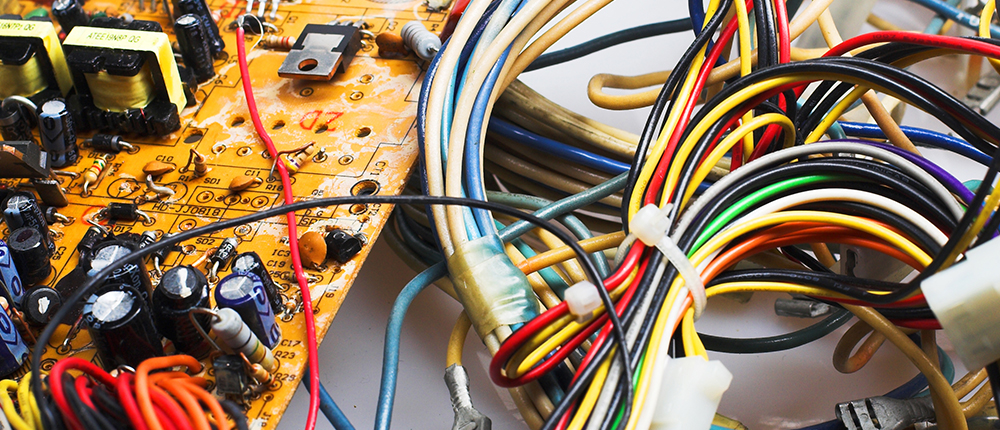
Digitalization of DISCOMs
Digitalization can help distribution with endless possibilities; among them reconfiguration of feeders, outage management system, customer management system being a few important ones. One of the simple, yet very effective means of consumer engagements is providing information to the consumer at their fingertips. The Urja Mitra App launched by the Government of India gives useful information to the customer about when maintenance work is scheduled to be carried out in their locality. The portal gives the users the opportunity to compare the performance of power availability between the distribution companies within each state as well as with other states. In fact, it also gives the performance circle-wise. The top performing distribution companies get ranked, depending on power availability; this encourages the poorly performing utilities to improve. This is only one of the Apps brought out by the Ministry of Power, Government of India to encourage efficiency. The other Apps include MERIT (Merit Order Despatch of Electricity for Rejuvenation of Income and Transparency) that shows the price of power from available sources during the day at different times, so that everyone can see if the distribution companies are procuring the cheapest power available, as per the merit order. There is also Uday App that gives the status of financial indicators and operational indicators, such as status of financial restructuring, AT&C losses, difference between ACS (Average Cost of Supply) and ARR (Average Revenue Realized) per unit, status of Feeder metering, distribution transformer metering, electricity access, smart meters installed. Electricity is a concurrent subject, with jurisdiction of both the Central and the State governments. So, the Central Government cannot force reforms by the States, other than what is given in law, i.e. The Electricity Act 2003. Putting the data on the public platform is a way, and a very effective way, for the utilities to perform better.
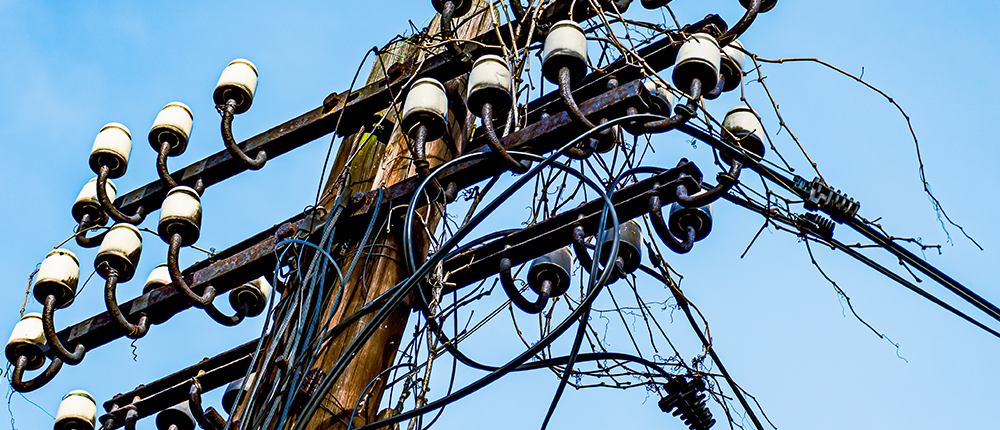
Policy Initiatives
Initiatives always start with law and policy. A number of forward looking laws and policy initiatives have been taken by the Government of India in the 2000s. It started in 1991 with bringing in participation of the private sector in generation. A number of private players evinced interest initially. The model was that the State government would guarantee 16% profit after tax to the generators, which were called IPPs (Independent Power Producers). The payment would be further counter guaranteed by the Government of India. However, it did not meet success, as the IPPs soon realized that most of the distribution companies were broke, and the government would be unable take such a burden. Also, the Government of India, realizing that all the burden would finally come on to it, also withdrew to some extent, and instead decided that it would counter guarantee only eight projects. Subsequently, many IPPs withdrew from the model.
Next came in the Electricity Act 2003 that brought about radical changes in the sector, including restructuring the erstwhile State Electricity Boards into corporate entities, defining the functions of various players, introducing a new entity for trading, i.e. power traders, for efficient buying and selling of short-term surpluses of power, speedily getting legal agreements into place, and generally facilitating power trade. The Act brought in competition in generation and distribution segments, offering a level playing field for the government and private players, through common technical standards and regulations.
The National Electricity Policy was brought out in 2005 and the Tariff Policy in 2006, as mandated in the Act. In January 2016, the revised Tariff Policy was brought out, which had a number of new forward-looking provisions, including the mandate for installing smart meters, Distribution SCADA with energy audit functions, a number of provisions for encouraging setting up of renewable energy plants, etc. The Distribution SCADA, in conjunction with energy audit functions, had the advantage of being able to detect theft of power in real time. It also brought about a number of provisions that encouraged installation of renewable energy sources, by offering advantages.

Distribution Sector Reforms
However, much still needs to be done. The distribution sector needs to be further reformed. The distribution system operators need to be put in place for all the distribution utilities in India, similar to the private distribution utilities, such as Tata Power Distribution Company Ltd and BSES. The technology needs to be placed at the hands of the distribution system operator, so that faults in the feeders are immediately located and rectified, using fault locators, and, at the same time, the affected customers can be informed about the fault through automatically generated SMSes, including the time that power supply is expected to be restored. This is all possible through the Outage Management System, which simultaneously sends a message to the maintenance team about the fault and its location, so that minimum time is wasted in attending to faults. There also has to be an incentive system for the employees to be motivated. A carrot and stick policy must be adopted.
Renewable Energy Integration
The other big area, where technology can help in dealing with, is intermittent renewable energy such as wind and solar power. What is the need of the day is flexible generation and energy storage. The world is trying to adapt the existing technologies to the required technologies. The typically base load plants are being conditioned to become flexible power plants by carrying out some modifications, including incorporation of a bypass valve, using temperature sensors to ensure that the temperature differential in the thick metal parts do not lead to heat stresses and consequent cracks in them. What is also required is regulations for enabling demand response, by incentivizing consumers to reduce demand, when required by the grid. Demand response has been used in developed countries since long. Flexible AC transmission by the use of SVC (Static VAR Compensators), TCSC (Thyristor Controlled Series Compensation) would help in optimal utilization of the transmission system by changing the line parameters depending on reactive power flows, and enabling maximum use of the transmission system to carry active power. These have started getting deployed to a greater extent in the Indian grid. Dynamic Line Rating should be used to maximize power flow depending on ambient conditions. Gujarat is already using this. The CEA has also issued guidelines on the same for use by all transmission utilities. Phase shifting transformers help to evenly load two parallel transmission paths, and are especially useful in places where the flows keep changing, like in areas of high renewable energy. These are being used in green corridors to evacuate bulk renewable power from the renewable-rich states. These are also used in the distribution system. Interruptible supply tariff and reliable tariff for the consumer to choose from would help in the consumers acting as frequency control ancillary services, and, therefore, reduce the need for the same by the system operator. Ancillary services, although given in the Tariff Policy 2016, is being presently used through generators with a regulated tariff in India, and not through competitively bid ancillary services. These are under finalization in the CERC. Once these come into place, they will give a boost to energy storage and hydro power plants flexible thermal power plants.
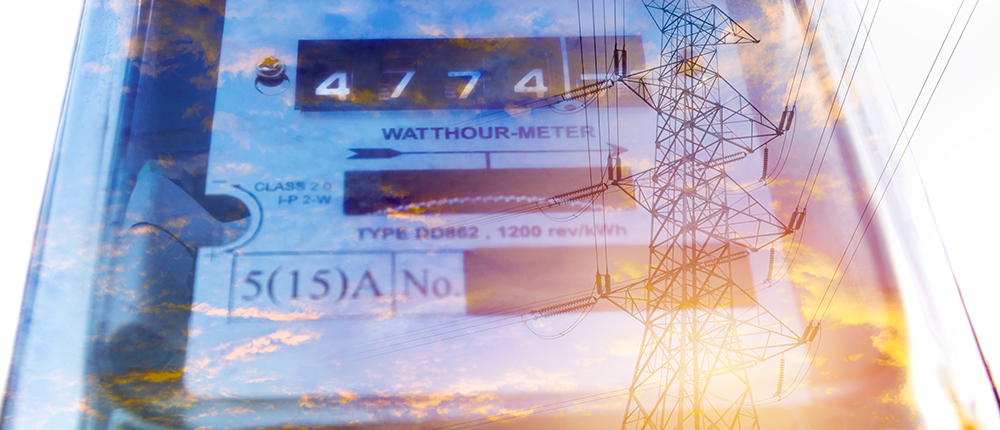
Addressing Environmental Concerns
The need of the hour is to care for our environment. One way of achieving this would be through reduction of emissions from fossil fuel fired power plants, notably coal. While no new coal-based plants are being conceived, the only ones that would come up are those under construction. Even those have necessarily to be of the high efficiency super-critical type or ultra-super critical type. Governments are shifting to improving efficiency of electricity consumption, such as substituting the normal filament and CFL bulbs with LED bulbs, encouraging electrical appliances of increasing efficiency, and making consumers aware of the star rating system. LED bulbs in India have alone saved 10,000 MW. System efficiency is being brought about by the proposed expansion of the balancing areas for balancing the intermittencies of demand and variable renewable energy, by expanding beyond the states' boundaries, and then transcending the national boundaries to other South Asian nations. The Government of India's amended Guidelines on Cross Border Electricity Trade dated December 2018, the follow up Regulations of CERC dated March 2019, and the Procedure for approval of cross border transactions by the Designated Authority, Member (Power System), CEA, dated February 2021, are a few such proofs. The first transaction, through this method, has already commenced in April 2021, with Nepal purchasing power from the Indian Energy Exchange, after approval of the designated authority. Electrification of remote villages is sought to be done through microgrids, rather than by drawing long transmission lines to these villages. This would help in avoiding waste of material for the long lines, transmission losses, and voltage drop. DC microgrids are also coming up in these places, so as to increase efficiency, using LEDs and DC fans that use DC, avoiding conversion from DC to AC and back to DC.
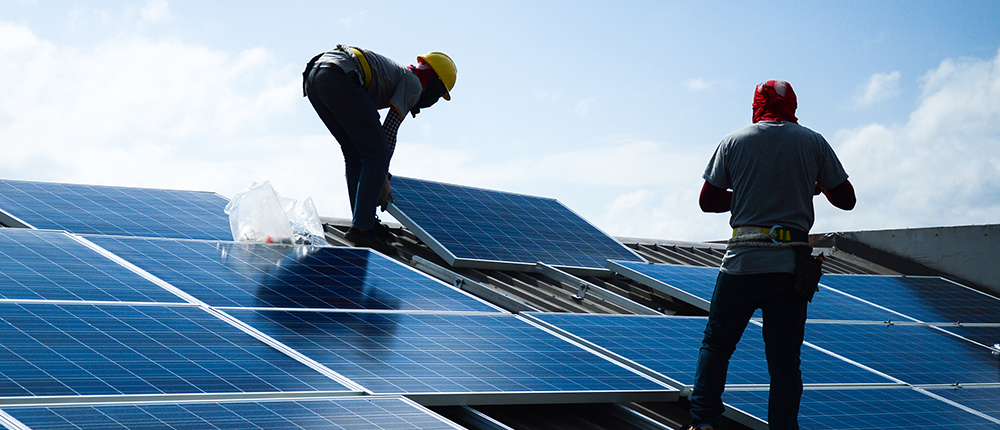
FAME II Scheme
The shift to electric vehicles (EVs) is another global effort in reducing emissions from fossil fuelled vehicles, and thereby making efforts to prevent climate change. The Government of India, launched the (FAME II) Scheme for Faster Adoption and Manufacturing of (Hybrid &) Electric Vehicles. The scheme has a total outlay of Rs 10,000 crore to be used for upfront incentives on the purchase of EVs, as well as supporting the development of charging infrastructure. The programme will be implemented over a period of three years, effective from 1 April 2019. The Government of India also launched the National Mission on Transformative Mobility and Battery Storage in 2019, which will drive clean, connected, shared, sustainable, and holistic mobility initiatives. The Mission aims at creation of a Phased Manufacturing Programme (PMP) for five years, to support setting up of large-scale, export-competitive integrated batteries and cell-manufacturing giga plants in the country, as well as localizing production across the entire electric vehicle value chain. A number of charging stations are in the process of being set up in big cities under the FAME II Scheme.
So, as far as technology is concerned, India is at par with using the latest technologies available globally, for generation and transmission areas. The area that is still lacking is the distribution area. This is also gradually picking up owing to the Government of India's 100 Smart cities programme.
Sometimes transition in processes themselves is good enough to bring about energy transition, and technology may not be needed. For example, Telangana and a number of other states have set up large capacities of solar power and stipulated that agriculture supply be given during daytime, when solar power is at its peak. This has led to optimal utilization of solar power, without the need for curtailment, and without the need for reducing their coal-based generation.
Innovative ideas are galore in various states. Policies can, therefore, also be made practical through rational thinking. This, therefore, demonstrates that it is innovation that matters, and when aided with technology, can really transform the electricity sector.
Mr Pankaj Batra is Project Director, SARI/EI - Integrated Research and Action for Development, and Ex-Chairperson, Central Electricity Authority.

